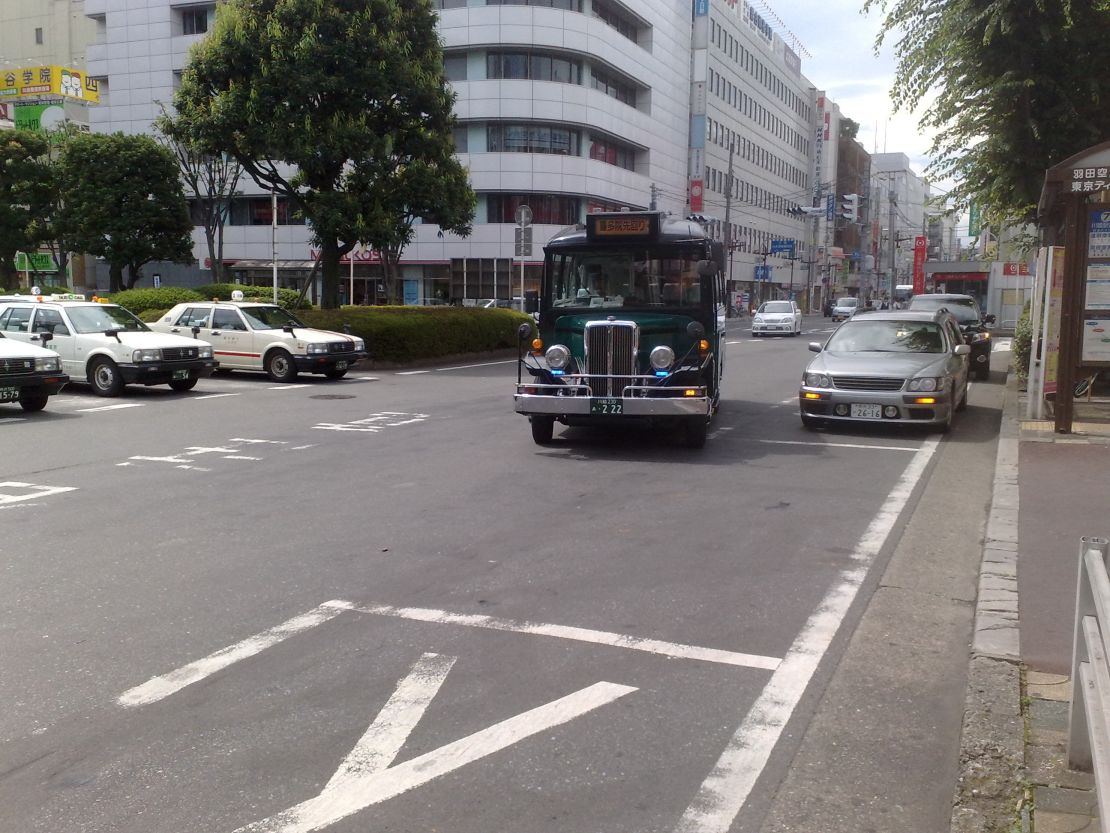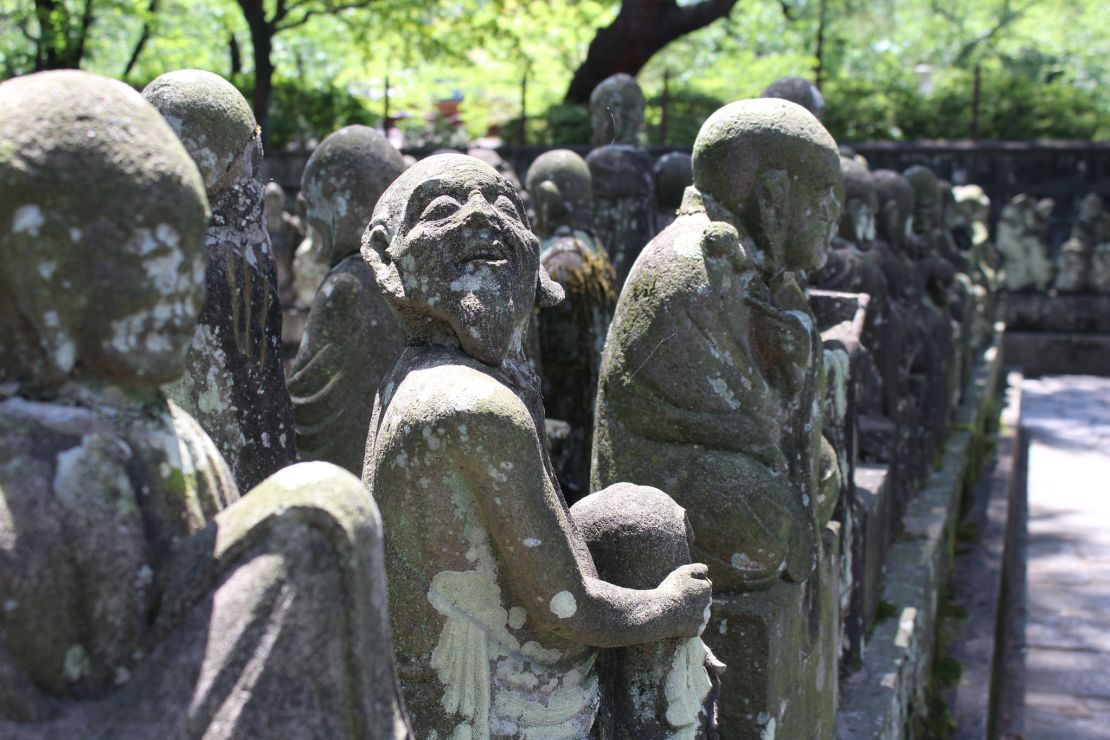Tight streets lined with gabled buildings and tiled roofs – it’s an image many visitors, particularly those of an older, pre-Pokemon vintage, hope to find when they come to Japan for the first time. Sadly, with most Japanese cities having the architectural appeal of a pile of gray cardboard boxes, it’s an image they never truly find.
The truth, however, really is out there. It lies not in Kyoto, Nara or any of the other celebrated “historic” towns, but in a little city right on the doorstep of Tokyo.
Kawagoe City in Saitama Prefecture has preserved an area of streets lined on both sides with buildings that look like they’ve been taken straight from a samurai period drama. Kawagoe is only 50 minutes from Shibuya and affordable to reach.
This means that travelers on a tight schedule and budget can enjoy sights that most think are reserved for the pricier private tours round Kyoto. And we think Kawagoe is much the better bet for the truly curious traveler in Japan anyway.
History buff’s bus

The best way to get around is on the Koedo Loop Bus, a retro-styled bus that runs around Kawagoe’s historical spots. This bus runs every 20 to 30 minutes, and you can pick it up at the west exit of Kawagoe Station. Make a right once you get out of the station; the bus stop is right next to the phone booths.
You can buy a one-day pass inside the bus and language is no barrier, which we can’t say about many of Japan’s tourist destinations.
All buses are equipped with screens showing the next stop in English, plus there are copious English announcements, so there’s no worry about getting lost. Wheelchair-accessible buses also operate frequently.
Here’s a best-of itinerary for Kawagoe’s historic downtown:
Going to Tokyo? The best sushi and 10 other tips
For whom the bell tolls
First up, we suggest hopping on the bus and taking it to the Kura-Machi bus stop (E14). This is the main street of the historical area and is lined with stores built in the kura-zukuri or “storehouse” style – a popular form of architecture during the Edo Period from 1603.
Head toward the signal and cross over to the right-hand side. Turn around and head down the street and you’ll find splendid examples of traditional Japanese architecture among stores selling anything from arts and crafts to tasty treats.
Yume Kurodo, located right after the first crosswalk without a signal, sells some oh-so Japanese souvenirs. These include Japanese-style umbrellas, fans and noren split curtains which cost much more pretty much anywhere else in the land.
Right next door you can taste freshly roasted rice crackers in more flavors then we ever imagined existed in a biscuit – miso paste, hot pepper, citrus and more – at Terakoya Honpo.
The great bell tower known as Toki No Kane (Bell of Time) is located on the same side of the street. This tower is an exact replica of the 17th-century original and continues its role as the symbol of Kawagoe and also notifies citizens of the hour four times a day. We guess most take the olde-worlde thing seriously and shun watches.
Turning things around, when you come to the large bank, cross to the other side of the street and walk back up the way you came.
Candy fantastic

One store not to miss on this side is Yuzen, a one-stop shop for all your chopstick needs. And who doesn’t need chopsticks?
Here, you can get your name engraved in English on a pair of handcrafted chopsticks for no extra charge while you wait.
The backstreets located right off the main street are also real gems. Wandering around these streets is like what many imagine exploring Kyoto will be like before they get there and hit the walls of massed tourists.
Kashiya Yokocho (Candy Store Street) is lined with old-fashioned candy stores overflowing with an excellent selection of Japanese sweets.
Nearby is the Kawagoe Festival Museum. The museum showcases the giant wooden floats used in Kawagoe’s nationally revered fall festival, each standing over five meters tall and decorated with intricate carvings from folklore.
From here you can head to the bus stop to return to Kawagoe Station or, if you’ve got more time, continue your journey on to Kitain Temple. In the latter case, you’ll need to take the bus to Kitain (E5) and enter the grounds through the main gates, near the bus stop.
Retro cool: Kyoto’s kissaten cafes offer the ultimate time warp
Shogun’s choice

The Tokugawa clan, rulers of Japan for over 200 years, were patrons of Kitain and also of Kawagoe. In fact, the third Tokugawa Shogun loved the place so much he moved the reception hall and study from his castle in Edo to the temple grounds in the 1600s.
These are some of the only surviving structures from the original Edo Castle, which burned down multiple times over the centuries before being replaced by the current Imperial Palace in Tokyo.
Kitain is also known for its 533 statues of Buddha’s disciples. Every one of these statues is unique; some sit in meditation, some weep and some look like they’re just having a great time.
After that, the world – or at least Kawagoe – is your oyster. You can take the bus back to the station from Kitain or make another circle to explore this amazing, and still relatively undiscovered, city a little more.
Getting there: Take the express on the Tokyo Metro Fukutoshin Line from Shibuya heading for Kawagoe-shi or Shinrin Koen and get off at Kawagoe Station. Be sure to take the train heading for Shibuya on the way back. It takes approximately 50 minutes.
Editor’s note: This article was previously published in 2012. It was reformatted and republished in 2017.



